Ingestion / Table Manner
The disposition of the Last Supper
Anthony Grafton
“Ingestion” is a column that explores food within a framework informed by aesthetics, history, and philosophy.
On 18 July 1573, the Venetian Inquisition summoned Paolo Veronese to answer questions about the Last Supper that he had painted for the Convent of SS. Giovanni e Paolo. In Veronese’s magnificent image, Palladian architecture frames the central scene, while Hogarthian servants and soldiers talk and scuffle in the foreground. The extras who give the painting its life and color provoked dry, precise queries: “What signifies the figure of him whose nose is bleeding?” “What signify those armed men dressed in the fashion of Germany, with halberds in their hands?” “And the one who is dressed as a jester with a parrot on his wrist, why did you put him into the picture?” Veronese did his best to satisfy the inquisitors. The figure with the bleeding nose, he explained, “is a servant who has a nose-bleed from some accident.” The jester with the parrot “is there as an ornament, as it is usual to insert such figures.” As to the halberdiers, he offered a more theoretical explanation:
It is necessary here that I should say a score of words. ... We painters use the same license as poets and madmen, and I represented those halberdiers, the one drinking, the other eating at the foot of the stairs, but both ready to do their duty, because it seemed to me suitable and possible that the master of the house, who as I have been told was rich and magnificent, would have such servants.
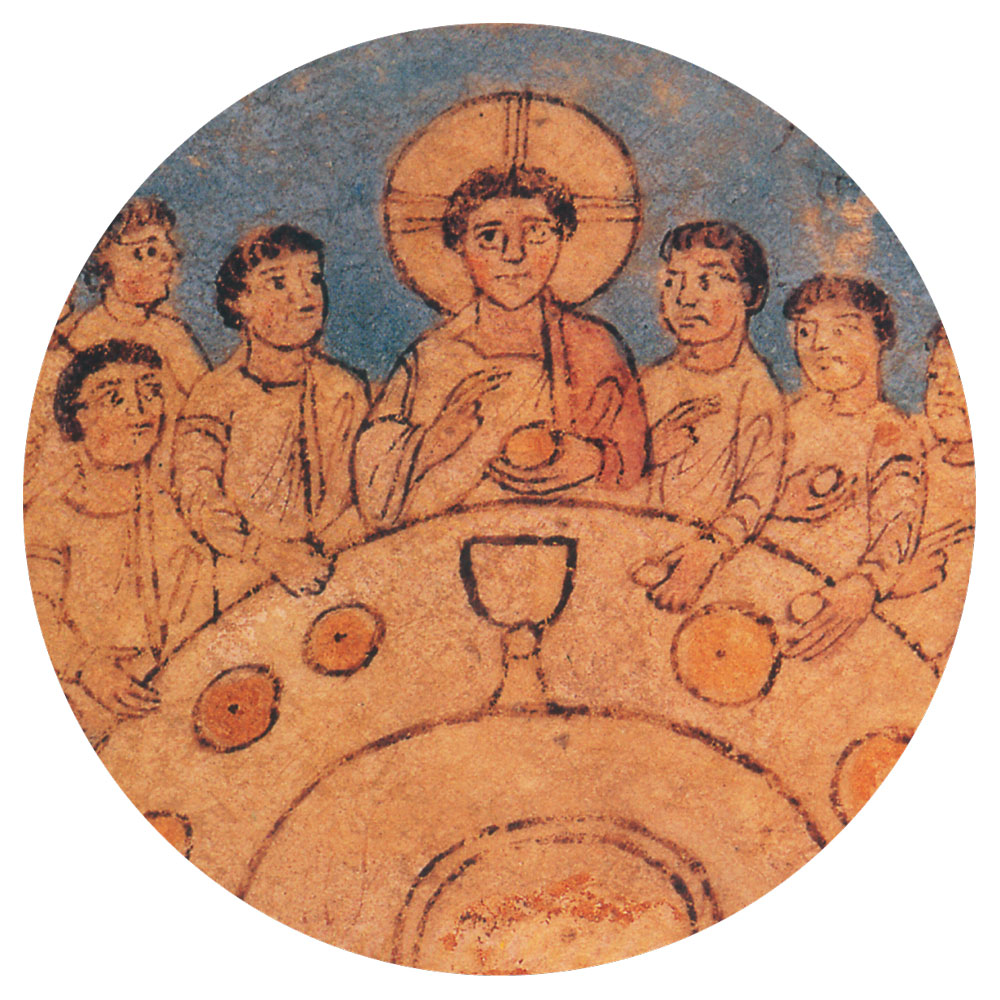
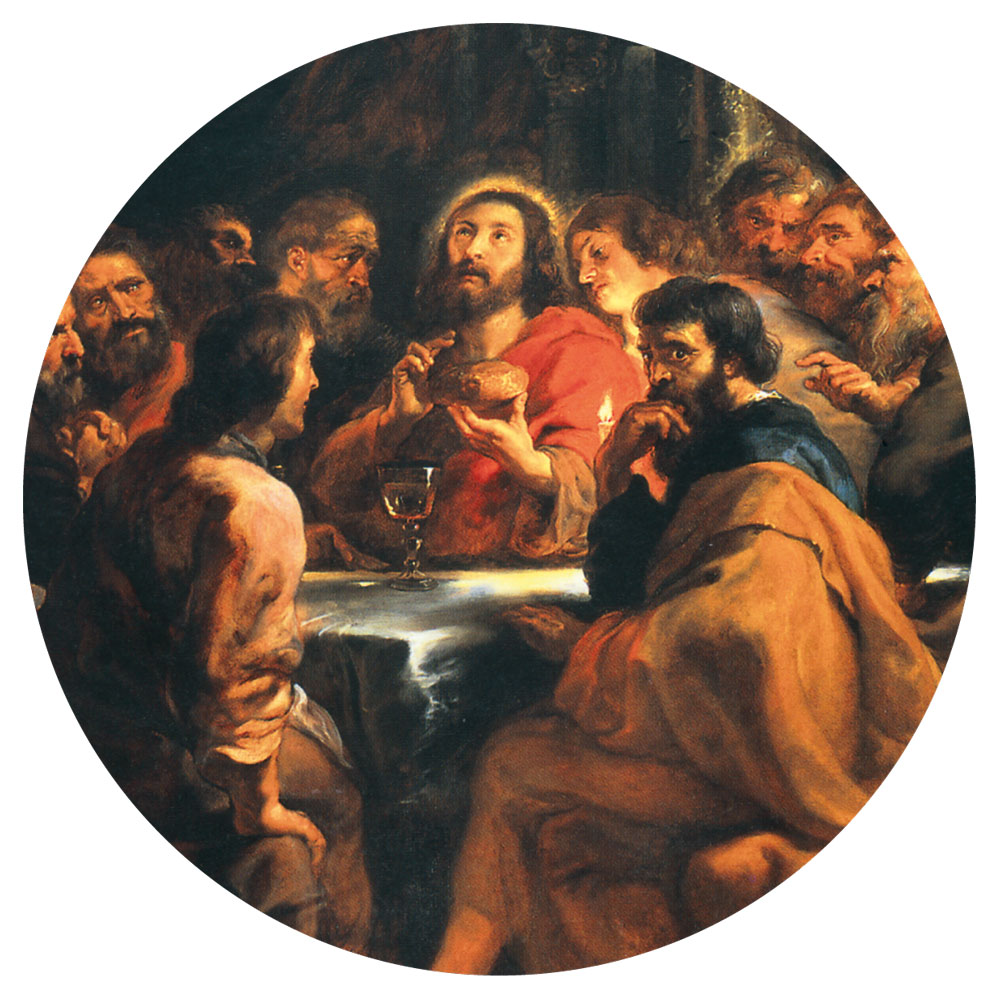
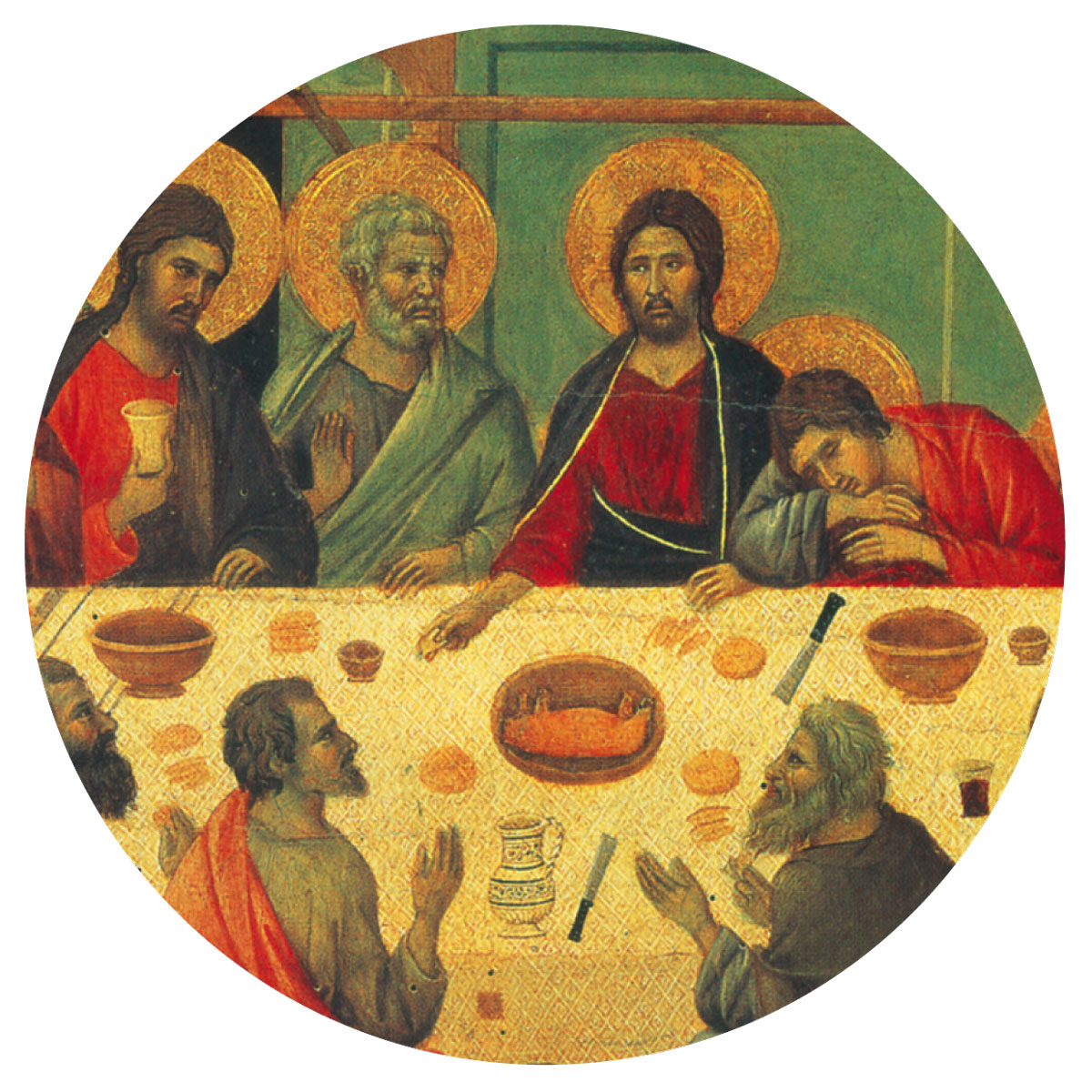
This appeal to artistic license did not satisfy the inquisitors: “Does it seem suitable to you, in the Last Supper of our Lord, to represent buffoons, drunken Germans, dwarfs, and other such absurdities?” They ordered Veronese to erase the halberdiers and replace the dog who looked up at Jesus with Mary Magdalene. Veronese complied, in his own way. He left the painting as it was but retitled it Feast in the House of Levi—a scene less freighted with theological significance.
It is not surprising that theologians and artists clashed over the Last Supper. Common meals were the center of social life in Renaissance Europe, everywhere from ascetic, remote monasteries to bankers’ and cardinals’ lush gardens in the middle of Trastevere. And they were always a battleground of opposing ideals of austerity and consumption: Carnival and Lent, Bruegel’s dream of repletion and Erasmus’s vision of plain living and high thinking, Rabelais’s giants gobbling down whole cows and della Casa’s courtiers delicately wielding their table linen. The Last Supper, of course, bore more symbolic weight than any other meal. Often painted on a grand scale for the refectories of monasteries and churches, Last Suppers were meant to transport clerics, who would meditate on them as they ate, into the Savior’s sparing, desperate last meal, allowing them to feel the meaning of his transformation into the Eucharist after his death in a newly vivid way.
But what should a Last Supper look like? What did Christ and the Apostles eat? And how much? When Jesus distributed pieces of bread, was it leavened or unleavened? What other foodstuffs had been on the table? Did the followers of Jesus eat lamb, as Jews normally did at Passover? Over the centuries—as an article in the International Journal of Obesity recently showed—artists made many different choices. Sometimes they put lamb on the table. But they also served fish, beef, and even pork in portions that grew over the centuries. Veronese could be forgiven, then, for thinking that he had some iconographic elbow room. In fact, though, what he encountered in Venice was something new. Presumably he knew that censors were taking more interest than they had in the past in religious paintings. What he did not—and could not—know was that scholars were beginning to look at the Last Supper in a radically new way.
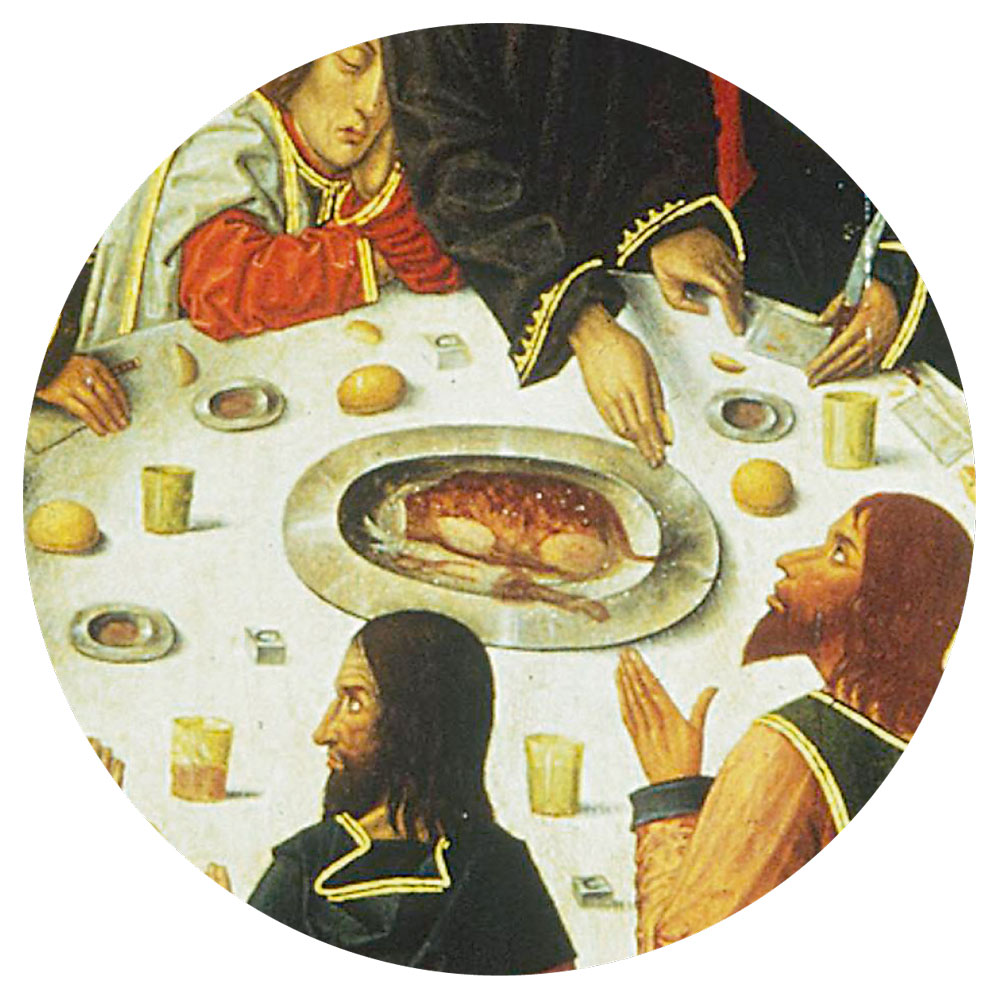
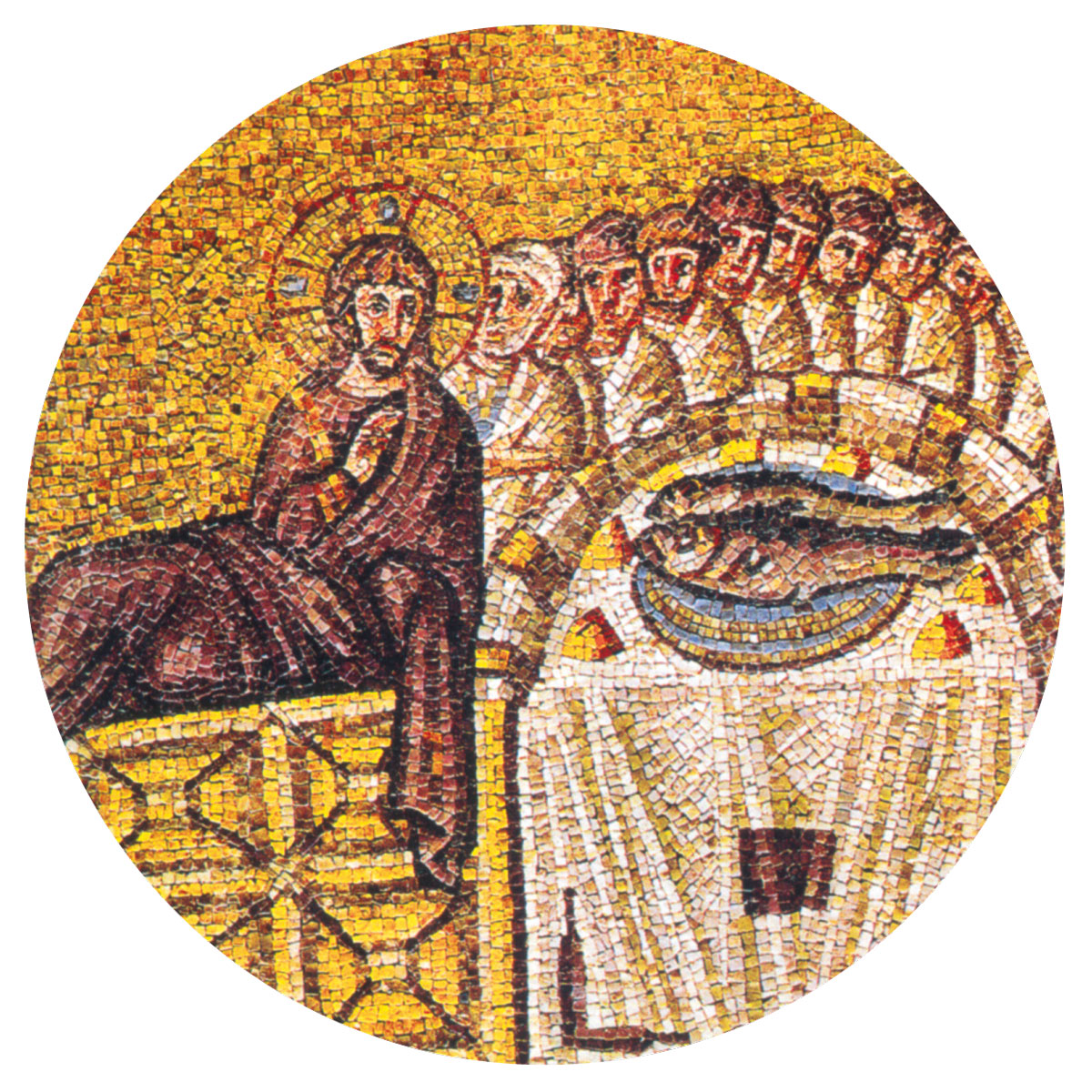
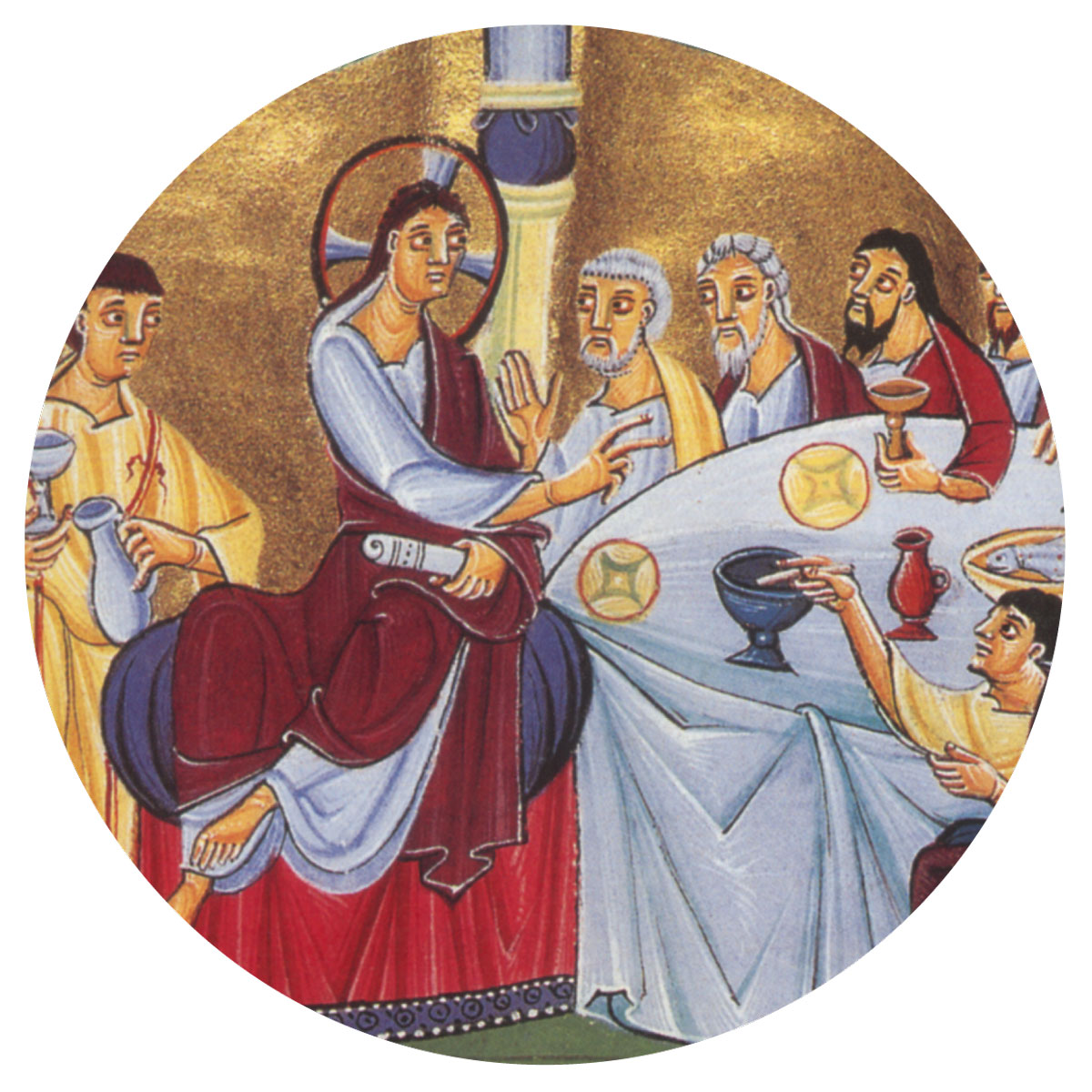
Leonardo and other Renaissance painters, like Veronese, normally showed Christ and his disciples sitting up at the table. But in 1567, the Paduan medical man and antiquary Girolamo Mercuriale had published a new study of what he called ancient gymnastics—every form of motion from moderate exercise to gladiatorial combat. He believed that the Romans, who dined immediately after coming up from their steam baths, had reclined at meals in order to avoid exhaustion. To show how they had reclined, on triclinia (couches lined up on three sides of a table), he used illustrations: a Roman relief that belonged to a friend and a reconstruction produced for him by the architect and antiquary Pirro Ligorio. Mercuriale noted that Jesus and his disciples must have disposed themselves in the same way. As Mercuriale recreated the Last Supper, it became something old, historically removed from contemporary life.
In papal Rome, Christian archaeology was a hot subject. Roman scholars groped their way into the catacombs, where they unearthed early Christian images of meals and objects, as well as bones that they could label as those of early Christian martyrs and sell to pious Bavarians. Two of the most erudite Roman explorers of the Christian past, Pedro Chacón and Fulvio Orsini, published an elegant little book on the triclinium in 1587. They produced still more evidence about the ways of the ancients at table, and they too argued that Jesus and his disciples had reclined. The Spanish Jesuits Jerónimo del Prado and Juan Bautista Villalpando included images of Christ and his disciples reclining on triclinia in the first volume of their magnificent, visionary commentary (1596–1604) on Ezekiel, more famous for its Vitruvian reconstruction of Solomon’s Temple. Mercuriale, irritated that he was receiving no credit for his discovery, reiterated his points in an enlarged version of his book. He too included illustrations of Jesus and the disciples, and commissioned the painter Cigoli to produce the first historically accurate Feast in the House of Simon, now in the Palazzo Doria-Pamphilj.
Even as Catholics, working with material evidence, set the Last Supper back into its original material world, Protestants began to put it in a new textual context. The Lutheran theologian Paulus Fagius, the converted Jew and Reformed Christian Immanuel Tremellius, and the Calvinist prodigy Joseph Scaliger all used Jewish sources to argue that the Last Supper had actually been a full Jewish Passover Seder. True, Jesus had transformed Passover by creating the Eucharist, but he had also performed all the normal Jewish rituals and said the normal Jewish prayers. To recreate the savior’s last night, they argued, one must study Jewish texts—the Talmud, with its code of instructions for celebrating Passover, and the prayer books that laid out the ritual. Protestant scholars began to see that Jews, like pagans, had had a convivial culture of their own, and to appreciate the beauty of Hebrew prayers. Perhaps—so Scaliger and others speculated—it might even be good for modern Protestants to follow some of the Jewish customs. (Scaliger particularly liked the central invitation to all who are hungry to come and eat, which he found an especially beautiful piece of Aramaic.)
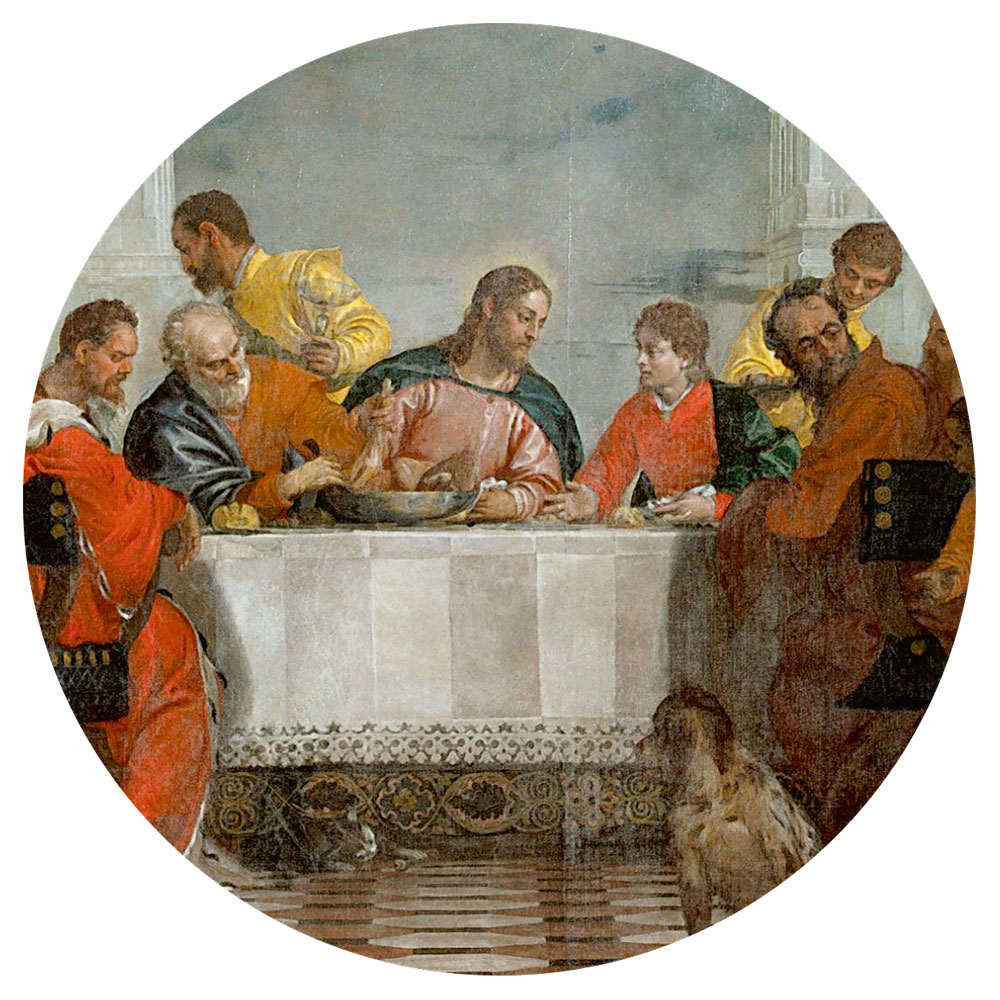
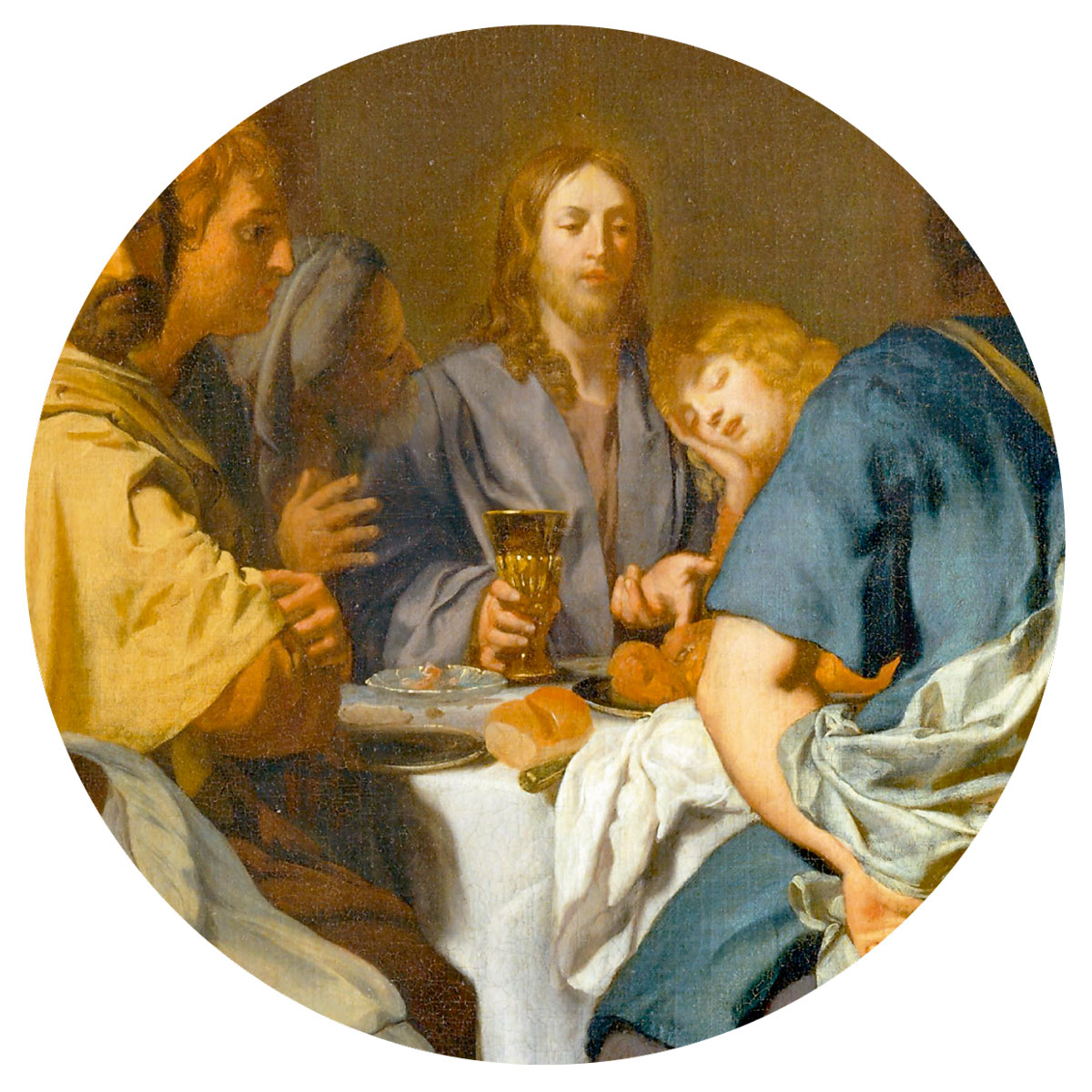
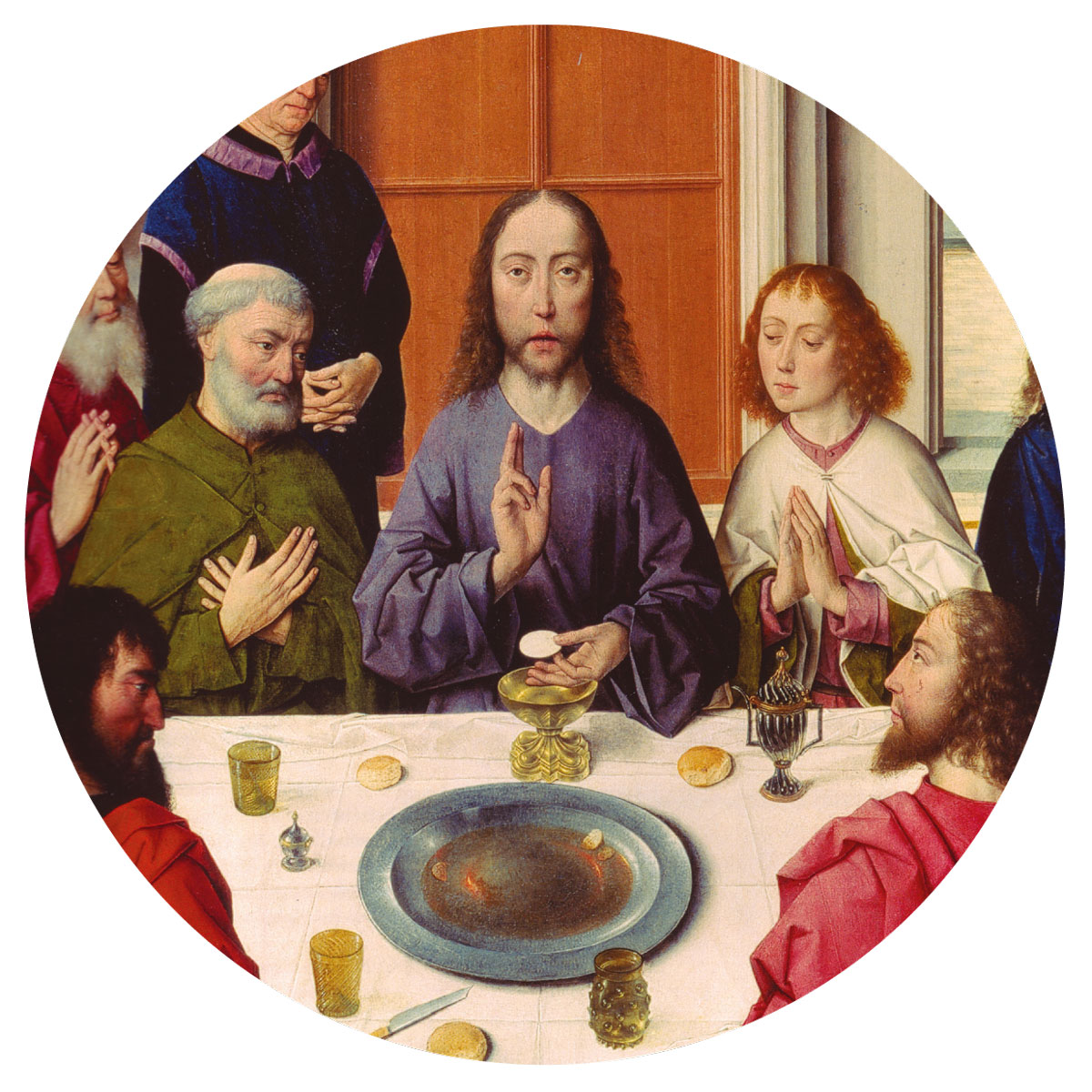
By the last decades of the sixteenth century, Catholics like Chacón and Mercuriale and Calvinists like Scaliger were engaged in modern Europe’s first great religious war—the war that led, in France, to the Massacre of Saint Bartholomew and the assassination of two kings. The scholars lacerated one another too, as much as they could—not with literal swords and knives, but with the bitter controversial language and biting glosses that have always been the medium of scholarly polemic.
When it came to the Last Supper, though, as with other subjects in which Jewish and Christian antiquity were jointly concerned, the tumult and shouting of scholarly debate imperfectly concealed a strange sort of collaboration. In the middle of the sixteenth century, the German Catholic theologian George Cassander had set out to collect the earliest forms of the Christian liturgy. The very first one that he printed was the liturgy of the Last Supper—a Passover Seder, as described by Fagius. The Protestant Swiss scholar Johann Wilhelm Stucki included a description of the Passover ritual—and Christ’s performance of it—in his massive comparative study of forms of convivial life in the ancient world, which appeared in 1582. By then Cesare Baronio, head of the Vatican Library, was compiling his vast, year-by-year history of the Church, designed to show that Protestantism lacked any historical foundation. He treated the Last Supper at length. And he made clear both that the participants had spent the meal lying down and that they had recited all the normal Hebrew prayers, some of which he quoted in Latin translation. The Last Supper had been transformed, from an idealized vision of a communal meal in the here and now into a distinctly distant event, almost as distant from sixteenth-century norms of religious life as a modern Freedom Seder. Catholics and Protestants alike found themselves imagining a Jewish Jesus, saying blessings in Hebrew and Aramaic.
This striking collaboration has largely been forgotten. Even that sharp-witted art historian and spy Anthony Blunt, who traced the story of the triclinium in Rome, missed the Protestant contribution to the story. In the nineteenth and twentieth centuries, Christian and Jewish historians returned to the Last Supper, and to the question of whether Easter was built on the armature provided by Passover, or whether Passover was reconfigured by the Jews as a response to Easter. Post-theological scholars wielded every tool they had in the effort to recreate the Jesus of history, who was for many of them a figure notably more Jewish than the protagonist of the authoritative, canonical New Testament. They did so, in almost every case, not knowing that the warring Calvinists and Jesuits of the late sixteenth century had explored the same country and connected the same Jewish legal and liturgical materials to early Christianity. In Europe’s great age of commensality, scholars who were supposed to be deadly enemies found in the study of the Last Supper a novel form of intellectual communion.
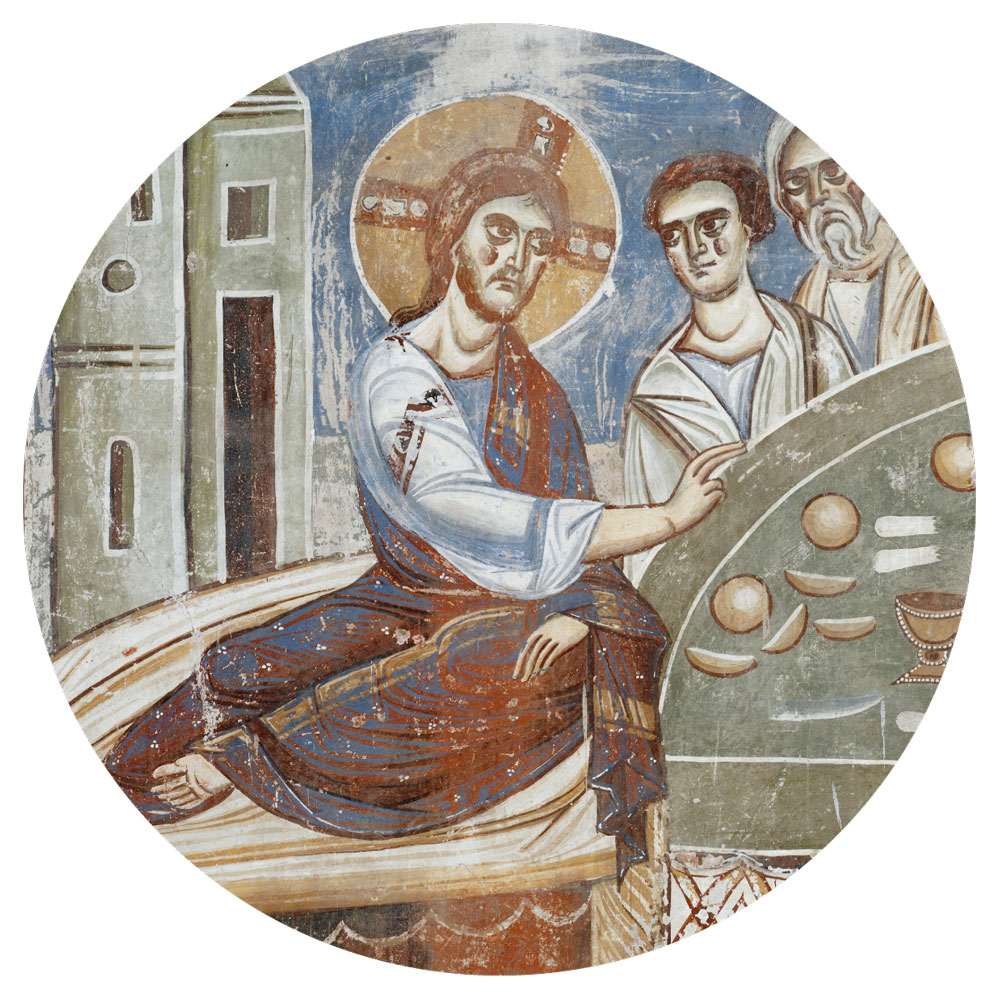
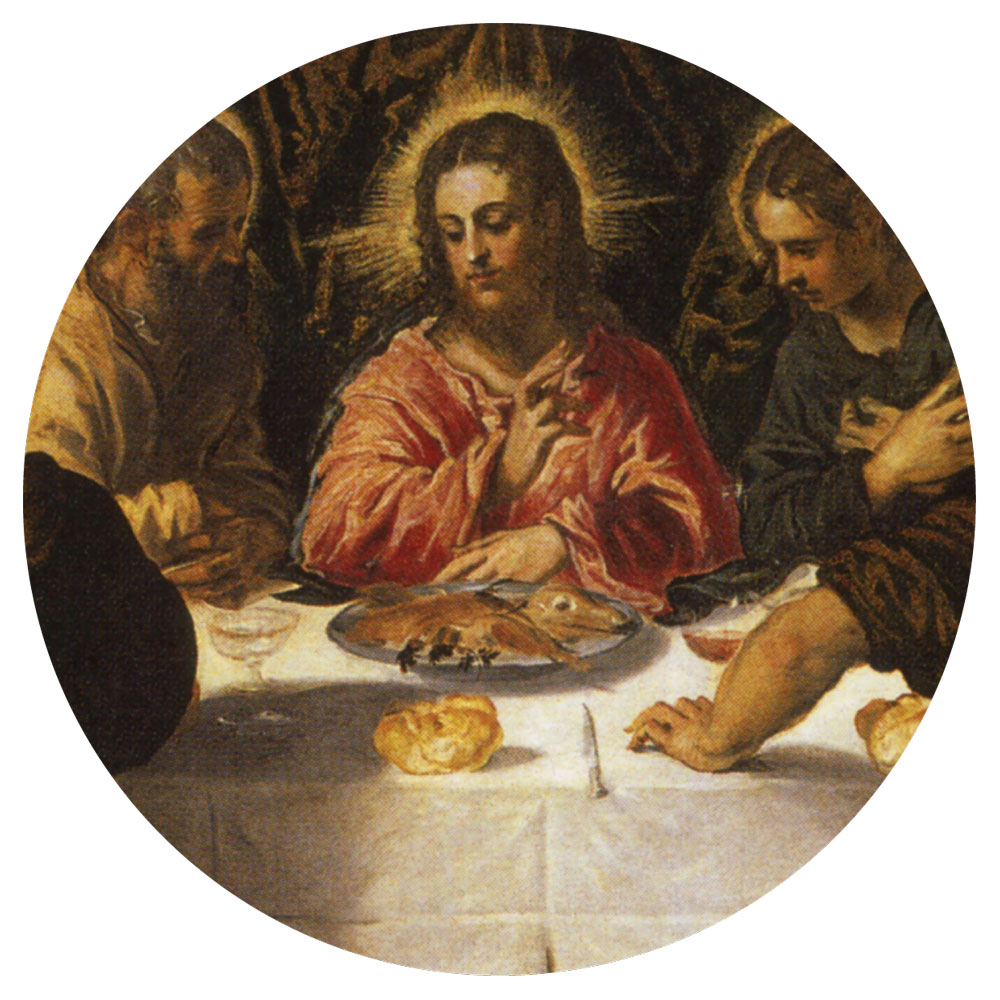
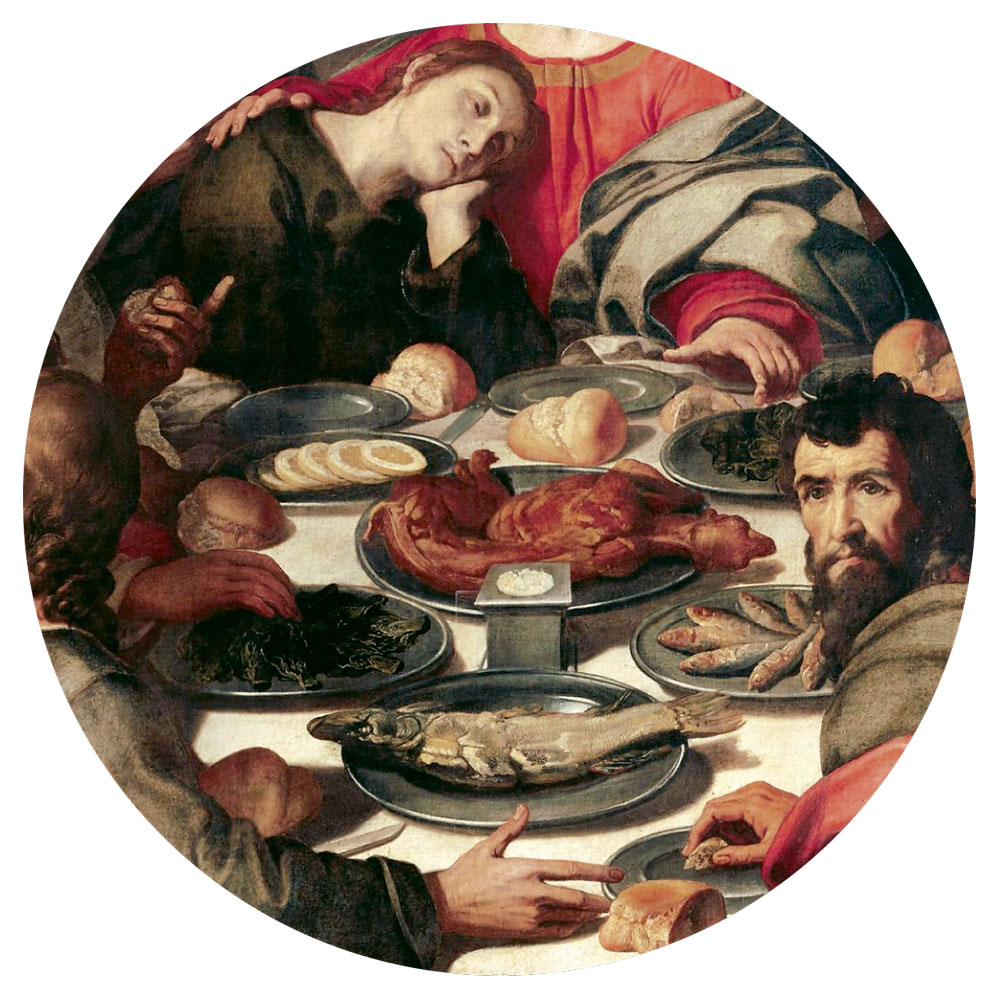
Anthony Grafton teaches European history at Princeton University. His most recent book (written with Daniel Rosenberg) is Cartographies of Time (Princeton Architectural Press, 2010), and he is currently studying early modern European ways of writing the history of religion.